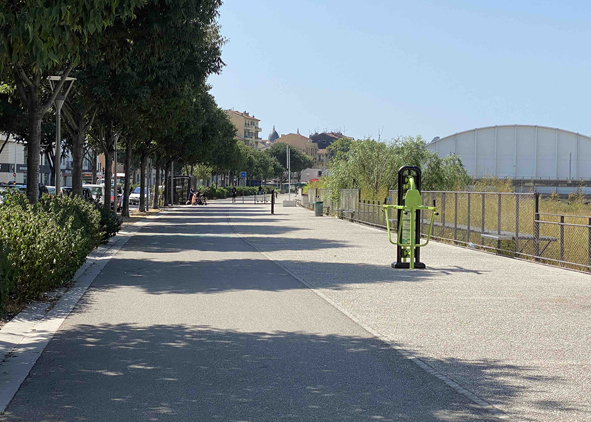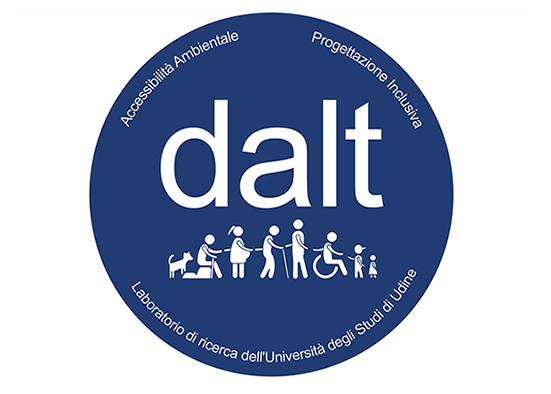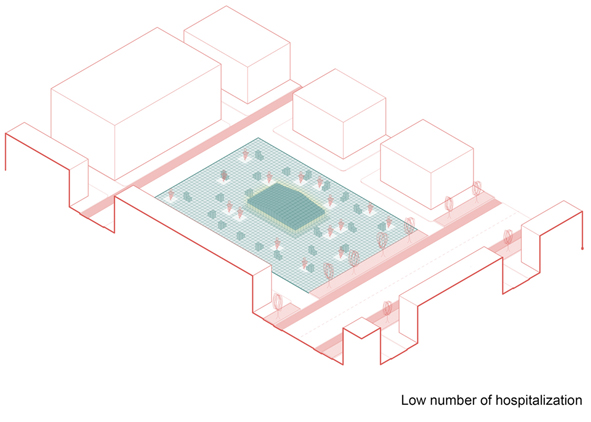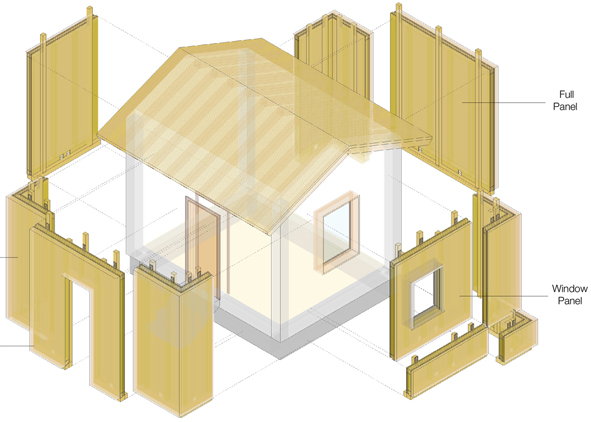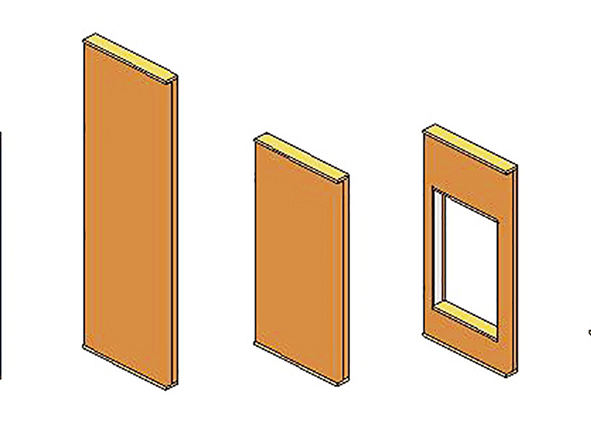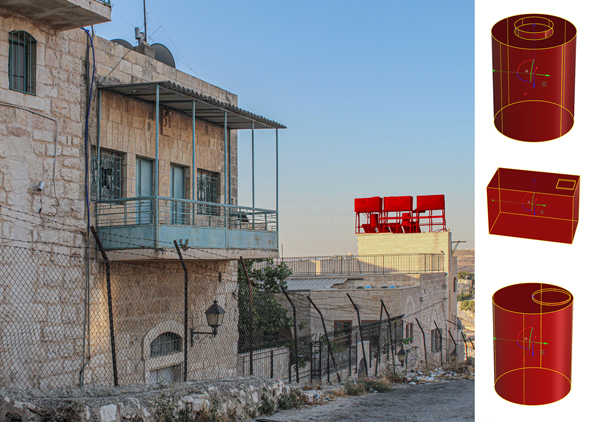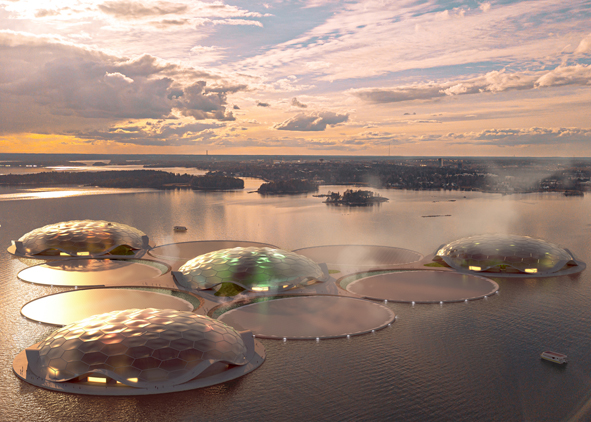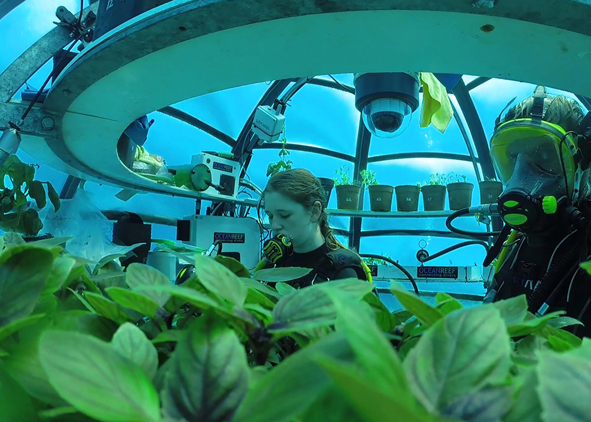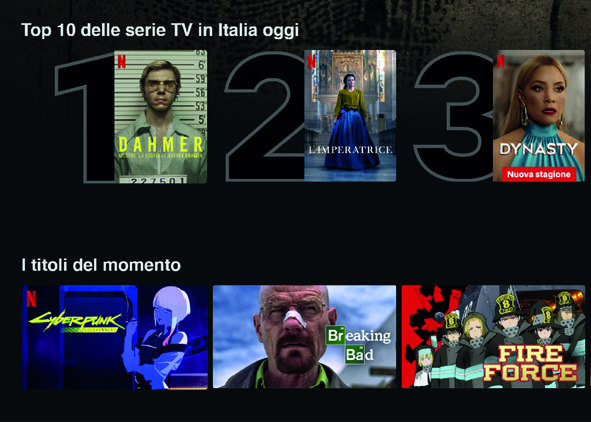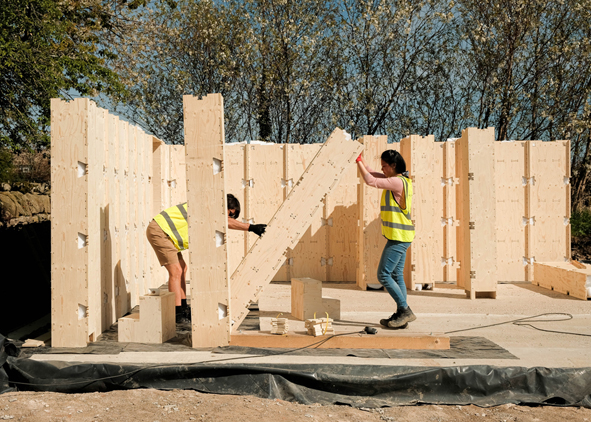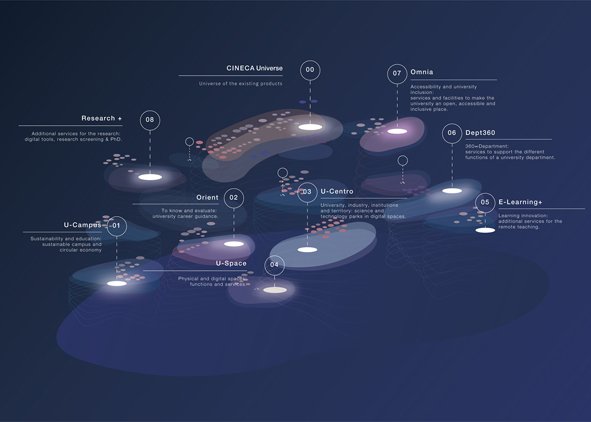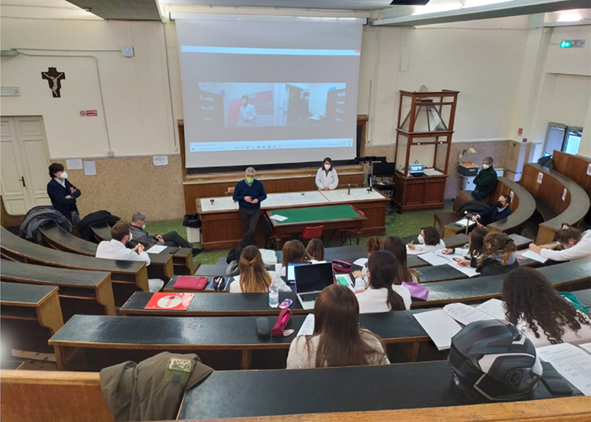
AGATHÓN
International Journal
of Architecture, Art and Design
ISSN (online) 2532-683X
ISSN (print) 2464-9309
Vol. 12 (2022): INNOVABILITY | Digital Transition

The term ‘innovability’©® has become increasingly popular in the economic and social sciences, a renewed driving force for a new paradigm of development that expresses one of the most crucial challenges of our time and the need for a ‘solidary’ convergence between the two inescapable instances of ‘innovation’ and ‘sustainability’, as if these were opposing and conflicting: regardless of the terminology, even more so in times of a pandemic with its economic and social impact, Humanity promotes one of its prerogatives, i.e., the use of the ‘things’ that nature provides in order to transform them from their primary function (innovation), aware that those resources are not inexhaustible (sustainability). In this forward-looking context, it is necessary to design our best political and system actions to promote the need to innovate through the conscious and effective use of the Planet’s resources. In her inauguration speech as President of the European Commission in 2019, Ursula von der Leyen stated that green and digital transformations are ‘inseparable challenges’. In this sense, the European Green Deal, the Next Generation EU and the New European Bauhaus, as well as other National Plans (e.g. the Italian PNRR), assume strategic importance both in defining, in a clear and univocal way, the future development trajectories of an ecological, digital, cohesive and resilient Europe, as well as in correcting the main imbalances of the old continent, bringing together – despite the heterogeneous conditions of the Member States – the expectations and demands, of a general, common and shared nature, of citizens and businesses. The fil rouge is that of a ‘transition’ that combines themes and debates simultaneously involving science, technology but also philosophy, anthropology, ecology and economics, declined through the many specialized adjectives that define their increasingly delimited fields, yet more open to transdisciplinary logic, a kind of speciation of disciplines and language, recalling names such as Bateson, Commoner, Catton and Dunlap, Carpo, Kelly, Solis, Negroponte, as well as Jonas, Morin, Floridi, Caffo.
In this scenario, in which digital anthropology identifies with the term ‘anticipation’, and in the ability to interact with the continuous flow of innovation to build a new digital ecosystem (Solis, 2016), anthropocentric innovation finds its ideal location, expands and evolves by targeting the capacity to place humans and their needs at the centre of new value propositions. This new form of ‘sustainable innovation’ is bound to have social and environmental well-being as joint and simultaneous priorities, such as facilitating an ethical and sustainable transition for the benefit of the entire community (WEF, 2022). The anthropogenic transformation of space is an energy-intensive action that increases the level of entropy, still a long way from systematic and widespread approaches such as ‘cradle to cradle’ or approaches that are respectful of non-renewable resources. Therefore, the theme does not concern disciplinary statutes but rather interdisciplinary and transversal aspects aimed at guiding and fostering a resilient, sustainable and inclusive ‘recovery’.
In light of the premises above, issue 12 of AGATHÓN collects essays, studies, research and projects on the topic of Innovability©® | Digital Transition to investigate the current widespread transformation that unites dichotomies (analogue and digital), enhances oxymorons (artificial intelligence), creates paradoxes (materiality of the intangible), while indiscriminately involving architecture, humanities and social sciences, anthropology, sociology, ecology, biology, physical-mathematical sciences and neurosciences, with impacts that – while already visible today and accelerated in part by the extraordinary global health emergency – will become even more evident in the medium and long term. A ‘digital’ transformation, which academics such as Floridi (2020) and Galimberti (2020), but also Haraway (2018), Searle (2017) and Chomsky (2011), have placed on a primarily ontological and epistemological level insofar as it involves the essence of ‘things,’ the way we define them, the world around us, and in particular our relationship with the elements that constitute it.

